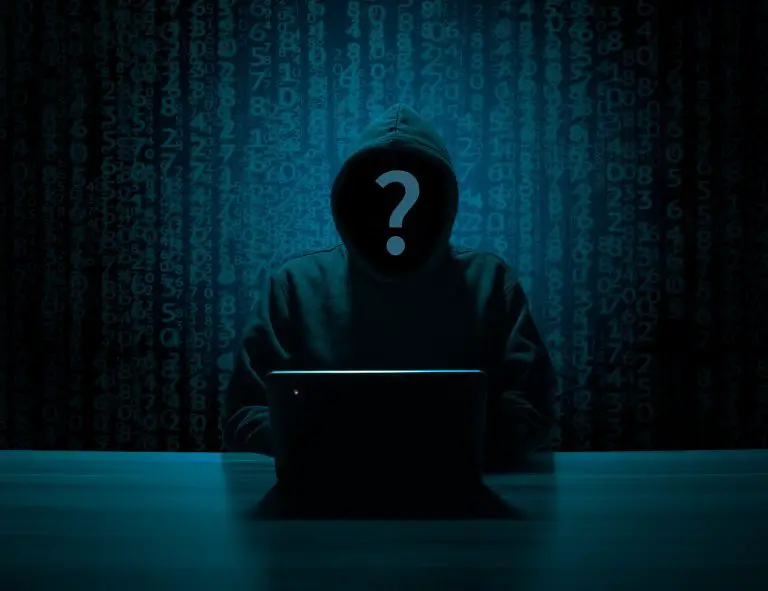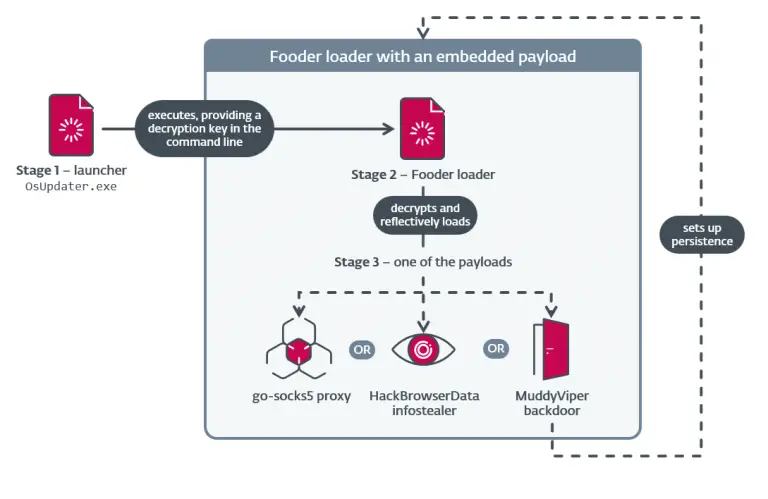
Amid the 21st anniversary of Gmail’s launch, Google has unveiled a major update that brings end-to-end encrypted email closer to widespread adoption within the corporate sphere.
As of yesterday, the new feature has begun rolling out in beta, allowing organizations to send end-to-end encrypted (E2EE) emails not only to fellow Gmail users within the same domain, but soon to all Gmail mailboxes—and eventually, to external email addresses as well.
The defining advancement of this new approach lies in its simplicity. Unlike traditional S/MIME implementations, there is no longer any need for additional software, key exchanges, or certificate management. The solution is built upon client-side encryption (CSE), which Google had previously integrated into its Workspace offerings, including Calendar, Drive, Docs, Slides, Sheets, and Meet.
Under the new system, data is encrypted on the client side—prior to ever reaching Google’s servers—ensuring that it remains inaccessible to both Google and any external entities. The encryption key structure grants organizations full sovereignty: administrators retain the ability to manage access, revoke individual users’ keys, and audit encrypted content usage.
For recipients within Gmail, encrypted messages are seamlessly decrypted on the client side. If the message is sent to an external platform like Outlook, the recipient is invited to access it through a restricted version of Gmail available via a Google Workspace guest account. This ensures end-to-end confidentiality and security even across differing email ecosystems.
The transition to CSE renders encryption not only more robust but also remarkably user-friendly. The underlying complexity of cryptographic operations is entirely abstracted away—neither sender nor recipient needs to possess any technical expertise. Google emphasizes that this innovation streamlines workflows for IT departments and end users alike, while simultaneously enhancing privacy and administrative control.
Notably, in contrast to legacy encryption systems that required considerable setup and user knowledge, Google’s new solution democratizes E2EE, making it as accessible as sending a regular email. At the same time, administrators preserve the authority to manage encryption keys and enforce corporate security policies.
This initiative signals broader ambitions. In the long term, Google plans to extend this encrypted communication framework not just across all Gmail accounts, but to any email provider. It represents a significant stride toward establishing secure email as the de facto standard in business and governmental communications, where the demand for data protection is paramount.


